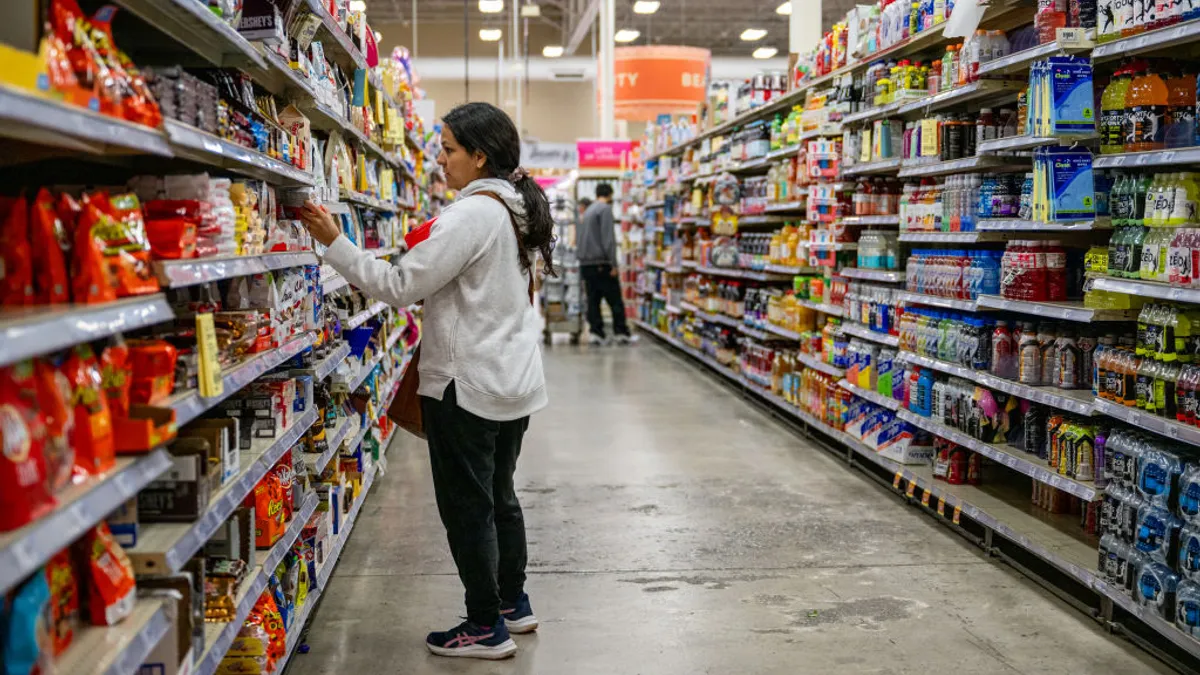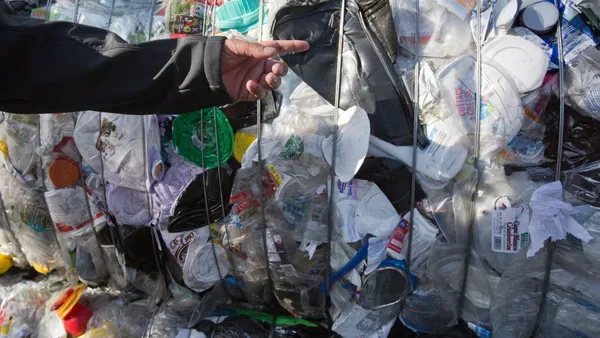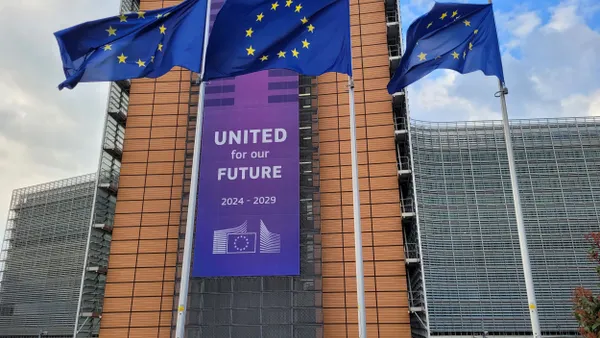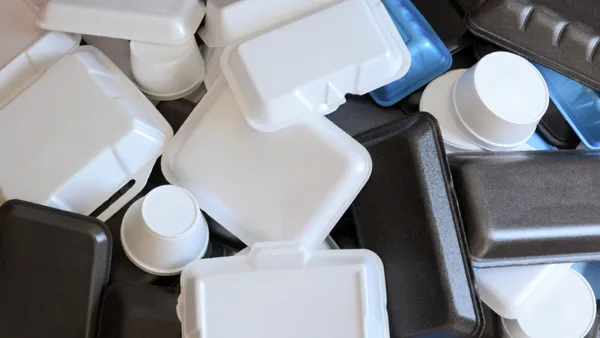While recycling gets a lot of attention in extended producer responsibility policy development, reuse systems also stand to benefit from forthcoming investments — especially if producer responsibility organizations adopt a long-term vision for reuse and are ambitious, supportive and transparent, according to Upstream.
All five state packaging EPR laws currently on the books in the U.S., which are yet to fully take effect, have some reuse components. Upstream, a nonprofit focused on shifting from single-use to reuse systems, recently developed a position paper about how a PRO can support planning for a transition to reusable packaging systems within EPR programs. Policy Director Sydney Harris presented on the topic during a webinar last week.
Outside of the EPR context, reuse is mostly seen in food service and refill contexts, Harris explained. “But when we talk about reuse in EPR programs, it's important to specify that we are talking about returnables. Returnable reusables are owned by producers or third-party reuse providers, and they get returned into the reuse system after each use,” she said.
The first key is for a PRO to adopt a long-term reuse vision and set consistent program goals, Upstream asserts. Policies in California, Maine and Minnesota already include reuse rates and market share targets, Upstream notes.
“You don't want to set this target higher than is feasible, because rolling it back may erode the public's trust, but you don't want to set it too low either, because that would signal a lack of true commitment and ambition,” Harris said. “So it is a balance – something like 15% market share for returnable reusables across all jurisdictions could do the trick as a starting point, with a longer-term goal to maybe reach 30% in another 10 years.” Those same states have source reduction language, and refill can serve as a solution, Upstream notes.
Minnesota will also require a return rate target. “Individual return rates should be tied to the specifics of each packaging format and its break-even point for environmental and economic gains,” said Harris, who was recently named to the advisory board for Minnesota’s packaging EPR program. “But an overarching target could reflect an average, like 85% within five years, increasing to 90% within 10.”
PROs ought to ensure that there are incentives and technical assistance for producers and provide direct funding for reuse systems. This would mean dedicating a portion of the overall program budget annually to developing and maintaining reuse systems, Upstream notes.
Ultimately, PROs should also ensure there’s public reporting on progress toward targets, including return and loss rates, and where reusables are ending up.
Some of these practices were recently reflected in Circular Action Alliance’s draft program plan in Colorado, submitted to regulators this month.
CAA, an industry-founded PRO operating in multiple states, proposed incentivizing producers to opt for reusables through ecomodulation, promoting reporting mechanisms and fostering public awareness of the benefits of reusable and refillable packaging. It also proposed establishing a “community of practice” of parties that want to study and implement reusable or refillable options. As far as measuring success, CAA would track how much single-use packaging was abated in the state annually.















